CARING WITH FAMILY
|
| The level of affection a breed demonstrates towards family members or familiar individuals can vary greatly. Certain breeds may exhibit a reserved demeanor, showing warmth primarily to their owner while others embrace anyone they're familiar with as if they're a long-lost friend. |
LOVE WITH CHILDREN
Unwise
Good With Children
|
| The degree to which a breed is tolerant and patient with children's behavior, as well as its inherent family-friendly characteristics can differ notably among breeds. Regardless of a breed's general temperament, it's crucial to supervise interactions between dogs and young children, or children of any age who are not accustomed to dogs to ensure the safety and comfort of both the child and the pet. |
BEHAVIOR WITH DOGS
Unwise
Good With Other Dogs
|
| A breed's innate sociability with other dogs can range significantly. While supervision during dog interactions and introductions is always necessary some breeds naturally tend towards being more convivial and are predisposed to get along with other canines, whether in the household or social settings. |
SHEDDING LEVELS & MANAGEMENT
No Shedding
Hair Everywhere
|
| The amount of fur and hair a breed will shed varies widely. Breeds that are known to shed extensively will require more frequent grooming sessions including brushing and they might be more prone to triggering allergic reactions in sensitive individuals. Additionally, homes with high-shedding breeds often necessitate more diligent cleaning routines, such as regular vacuuming and the frequent use of lint rollers to manage the accumulation of pet hair. |
COAT GROOMING STANDARDS
|
| The grooming demands of a breed, including the need for bathing, brushing, trimming, or other forms of coat care, can differ significantly. When evaluating the level of grooming a breed needs it's important to consider the amount of time, patience and financial resources you have available for this aspect of care. |
DROOLING INTENSITY
Less Likely to Drool
Always Have a Towel
|
| The propensity for drooling can vary widely among dog breeds. If you place a high value on cleanliness and order, opting for a breed known for being less drool-prone might be preferable. Some dogs are known to leave substantial traces of slobber, which could include long, stringy saliva on your arms or large moist patches on your clothing. |
COAT STYLES GUIDE |
| Double |
| COAT SPECTRUM |
| Medium |
FRIENDLINESS
Reserved
Everyone Is My Best Friend
|
| The level of a breed's hospitability towards strangers can vary considerably. While some breeds may naturally exhibit a reserved or cautious temperament around unfamiliar people regardless of the setting, others might display boundless enthusiasm at the prospect of meeting someone new. It's important to consider whether you prefer a vigilant breed that serves as a capable watchdog or a sociable pooch that eagerly greets every new person as a potential friend. |
LIVELINESS
Only When You Want To Play
Non-Stop
|
| The zest for play that a breed exhibits can persist well beyond their puppy years, with some breeds retaining a high level of enthusiasm for activities like tug-of-war and fetch throughout their adult lives. On the opposite end some breeds may prefer a more sedentary lifestyle content with relaxing on the couch for the majority of the time. |
VIGILANCE INTENSITY
What's Mine Is Yours
Vigilant
|
| Some breeds are more naturally inclined to alert their owners about the presence of strangers, responding enthusiastically to anything they perceive as a potential threat, which might include everyday occurrences such as the arrival of the mailman or a squirrel scampering past the window. These breeds often maintain a vigilant approach until they recognize that a newcomer is welcomed into the home by their family, at which point they typically become more amenable to the guest. This watchful nature is a trait that can be valued for those seeking a more protective companion. |
ADAPTATION CAPACITY
Lives For Routine
Highly Adaptable
|
| A breed's adaptability to change encompassing fluctuations in living conditions, noise levels, climate, daily routines and other variances in everyday life, can differ greatly. |
OBEDIENCE LEVEL
Self-Willed
Eager to Please
|
| The simplicity of training your canine companion and their eagerness to embrace new skills can vary widely. Certain breeds yearn to delight their guardians while some have a penchant for following their whims whenever and wherever they choose. |
STAMINA LEVEL
|
| The breed of your dog can greatly determine their exercise and mental engagement requirements. High-energy breeds are constantly on the move seeking out their next escapade—expect them to be incessantly active, enjoying their days with sprints, leaps and playful antics. Meanwhile, low-energy breeds are content being your lounging companions perfectly satisfied to relax and doze off for hours on end. |
VOCALIZATION
|
| Medium |
LEARNING CURIOSITY LEVEL
Happy to Lounge
Needs a Job or Activity
|
| A breed's need for mental engagement is pivotal to maintaining its happiness and health. Dogs bred for specific tasks thrive on challenges that test their judgment, problem-solving abilities and focus. Denying them the cerebral workout they crave may lead them to invent their own activities, which often aren't aligned with an owner's approval. |
| COLORS |
|
Description
|
Registration Code
|
|
White
|
199
|
|
| PATTERNS |
|
Description
|
Registration Code
|
|
Black & Tan Markings
|
039
|
|
Black Markings
|
002
|
|
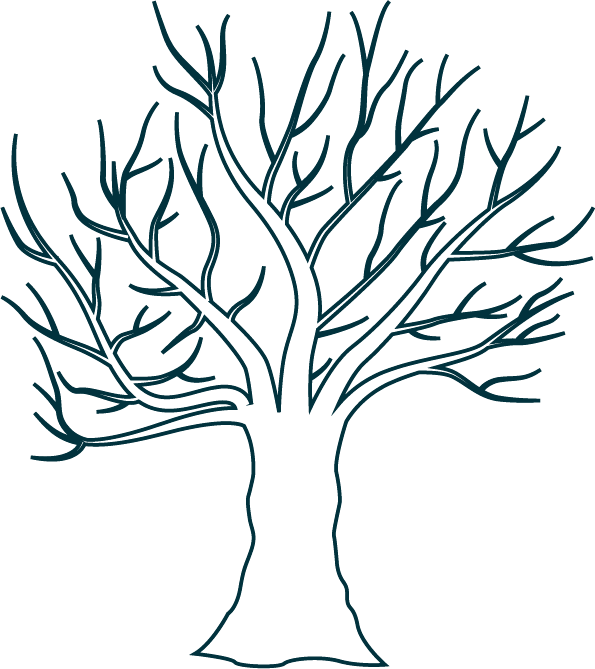


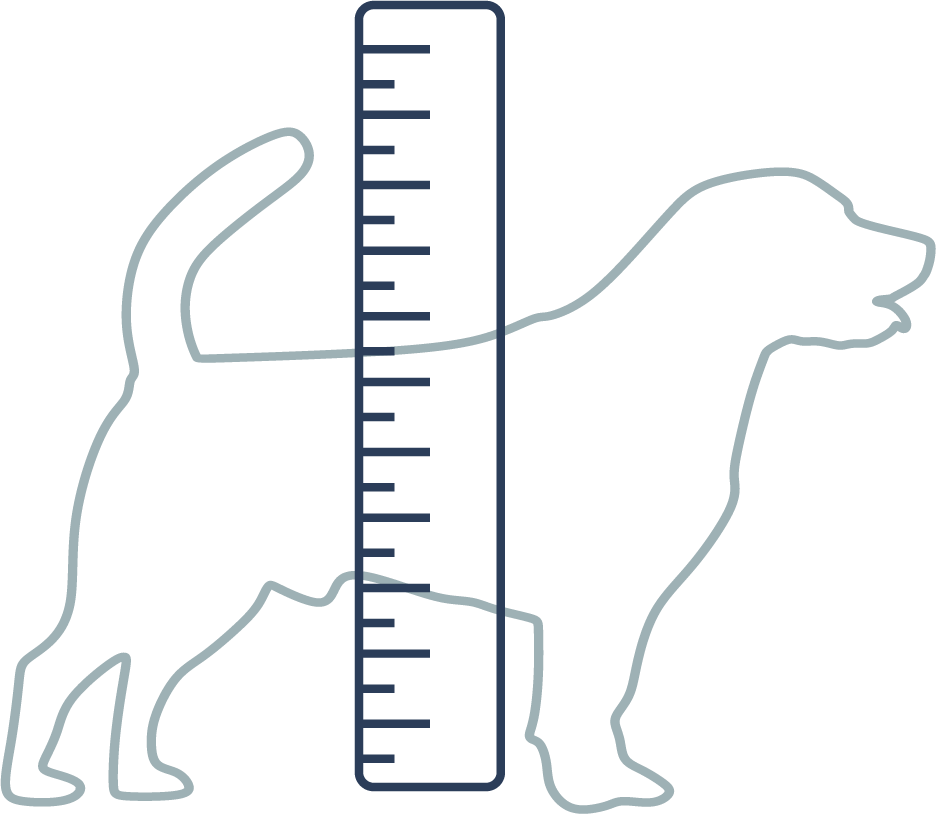


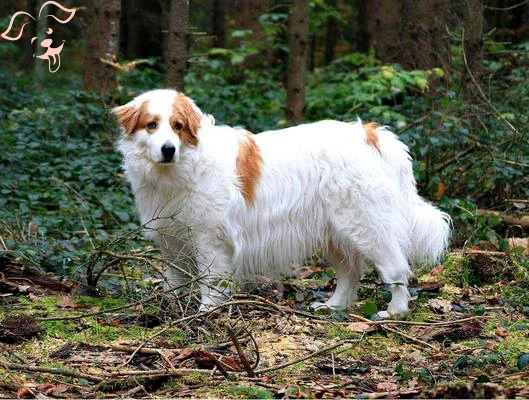
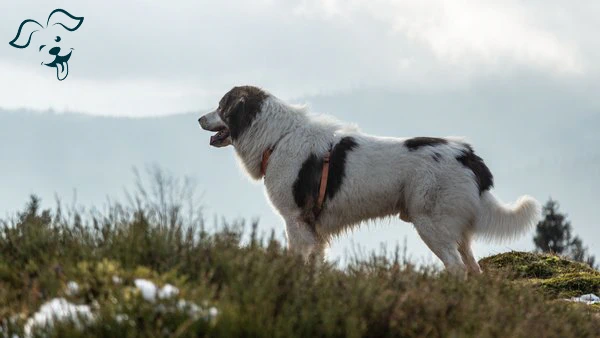
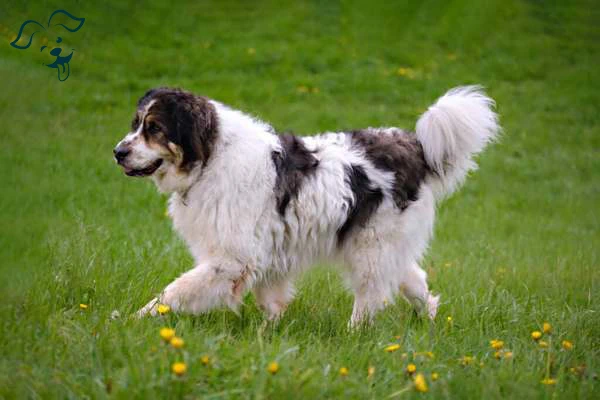
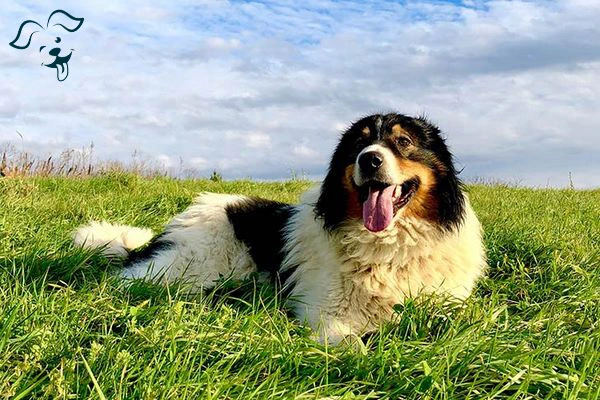


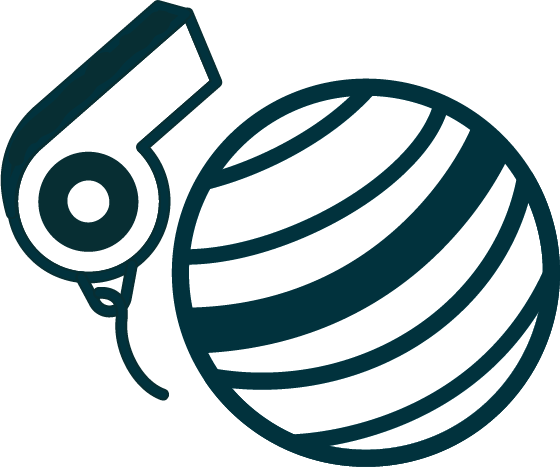



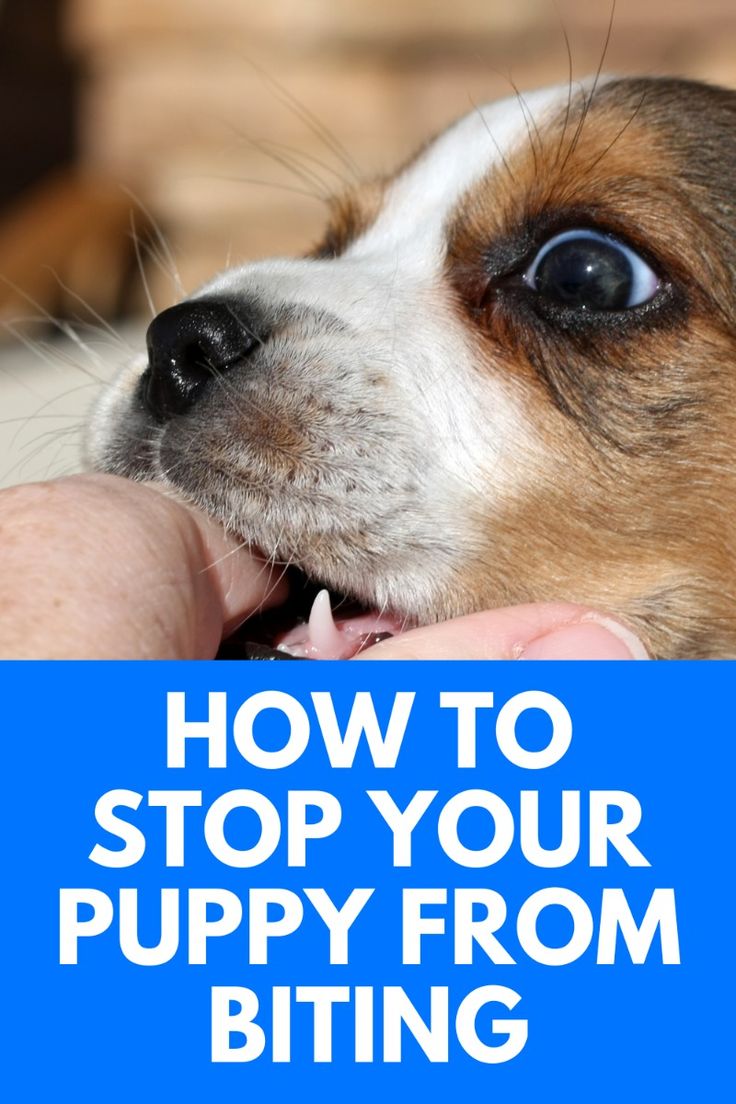
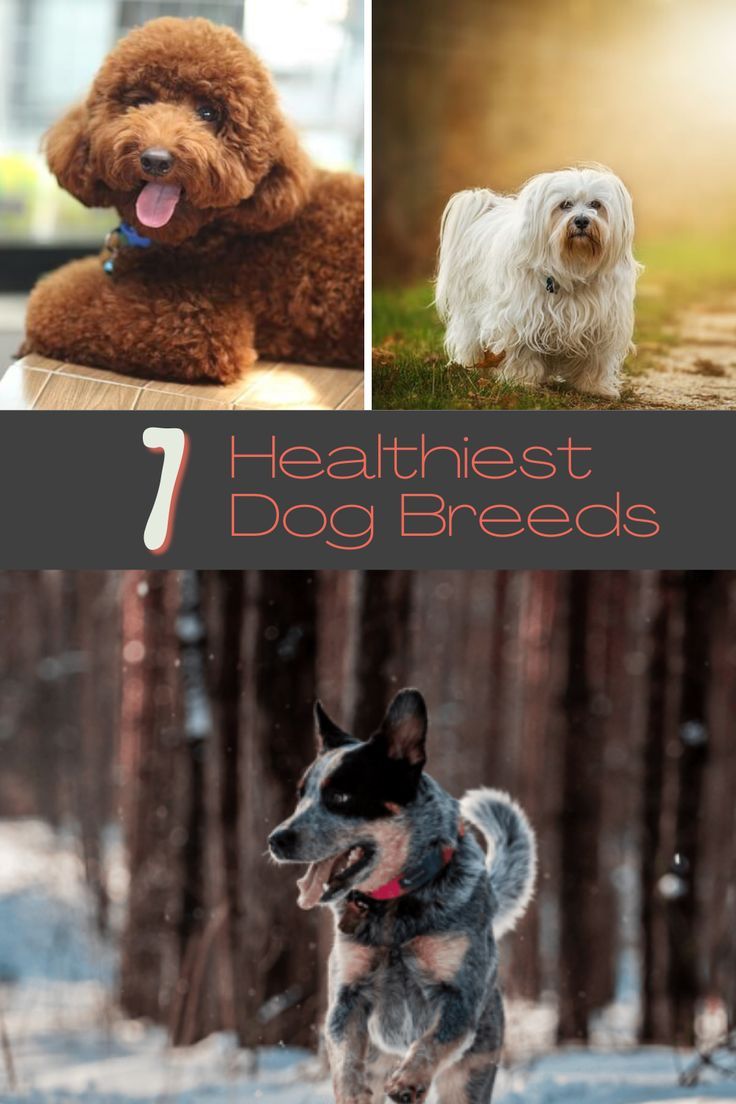

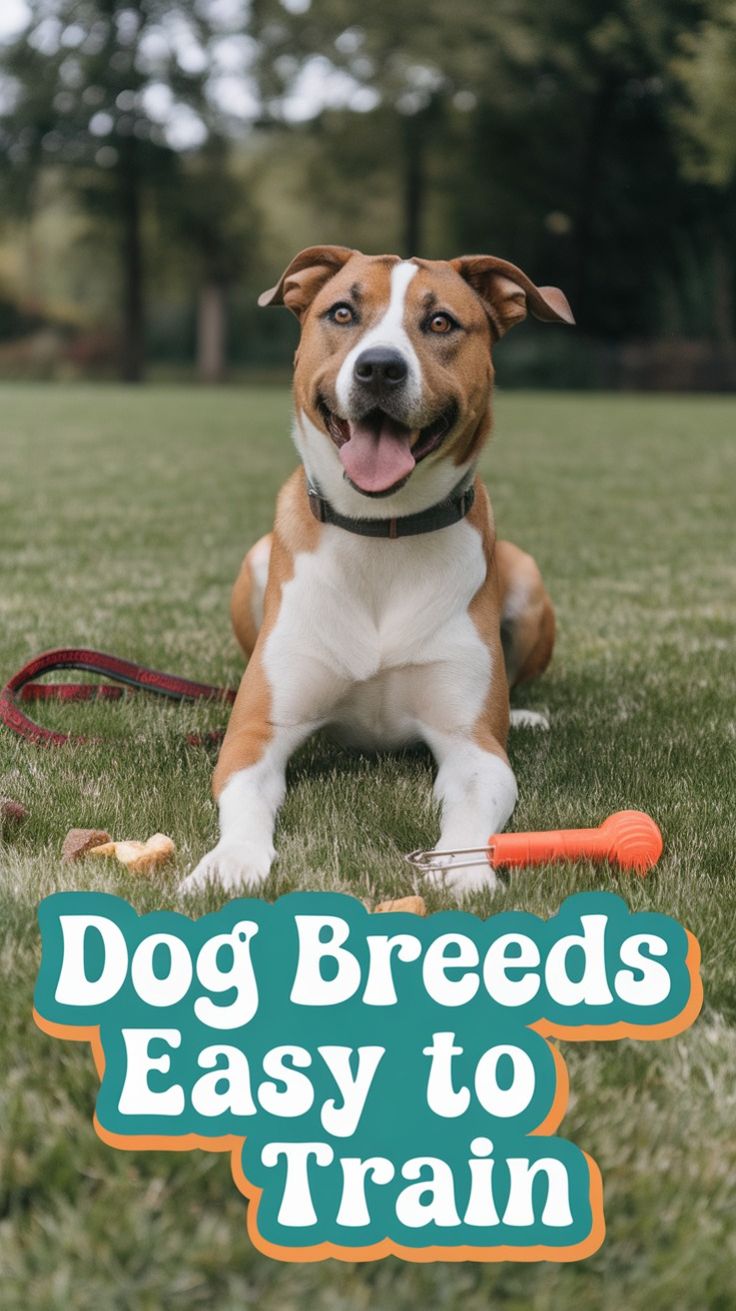
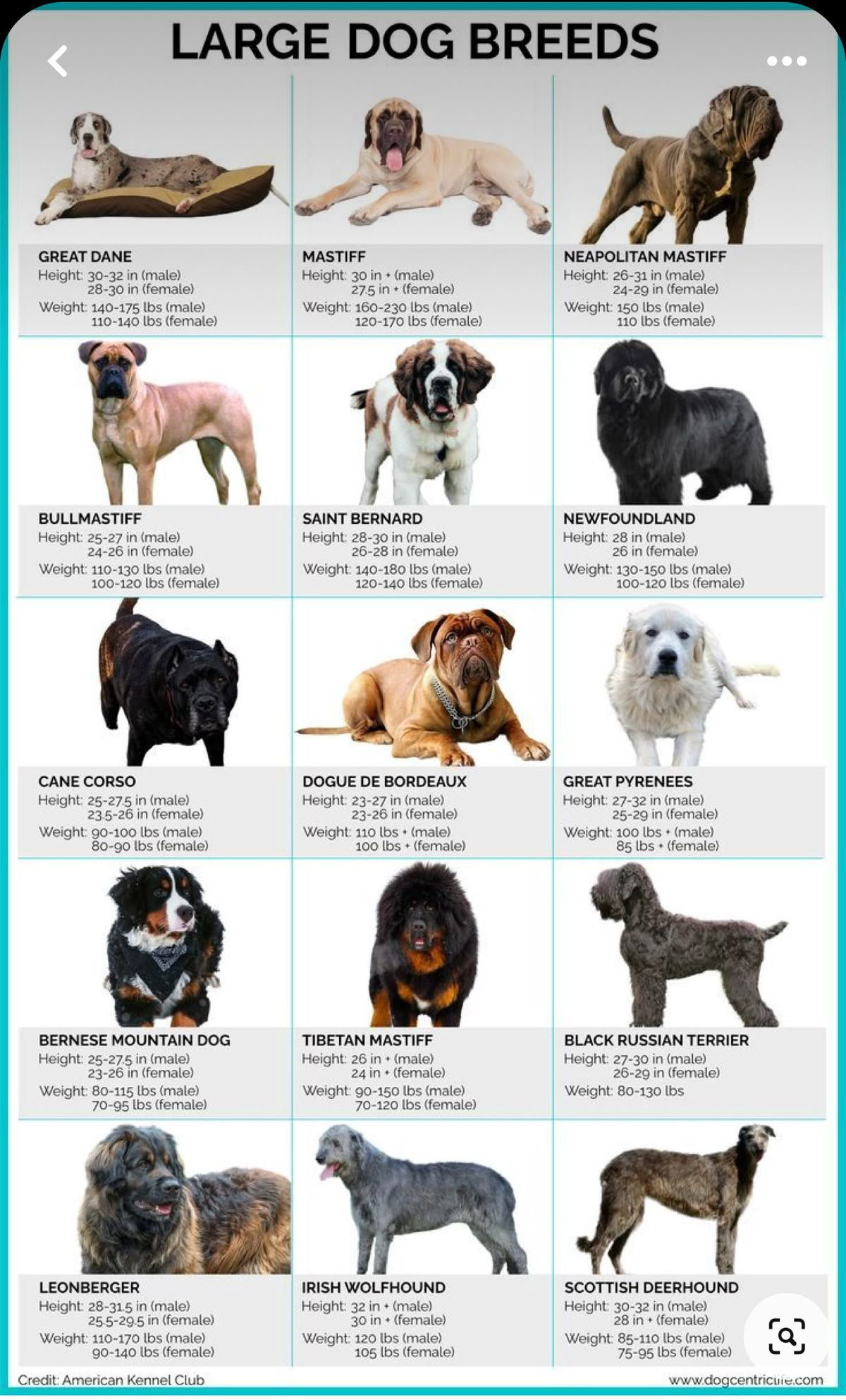

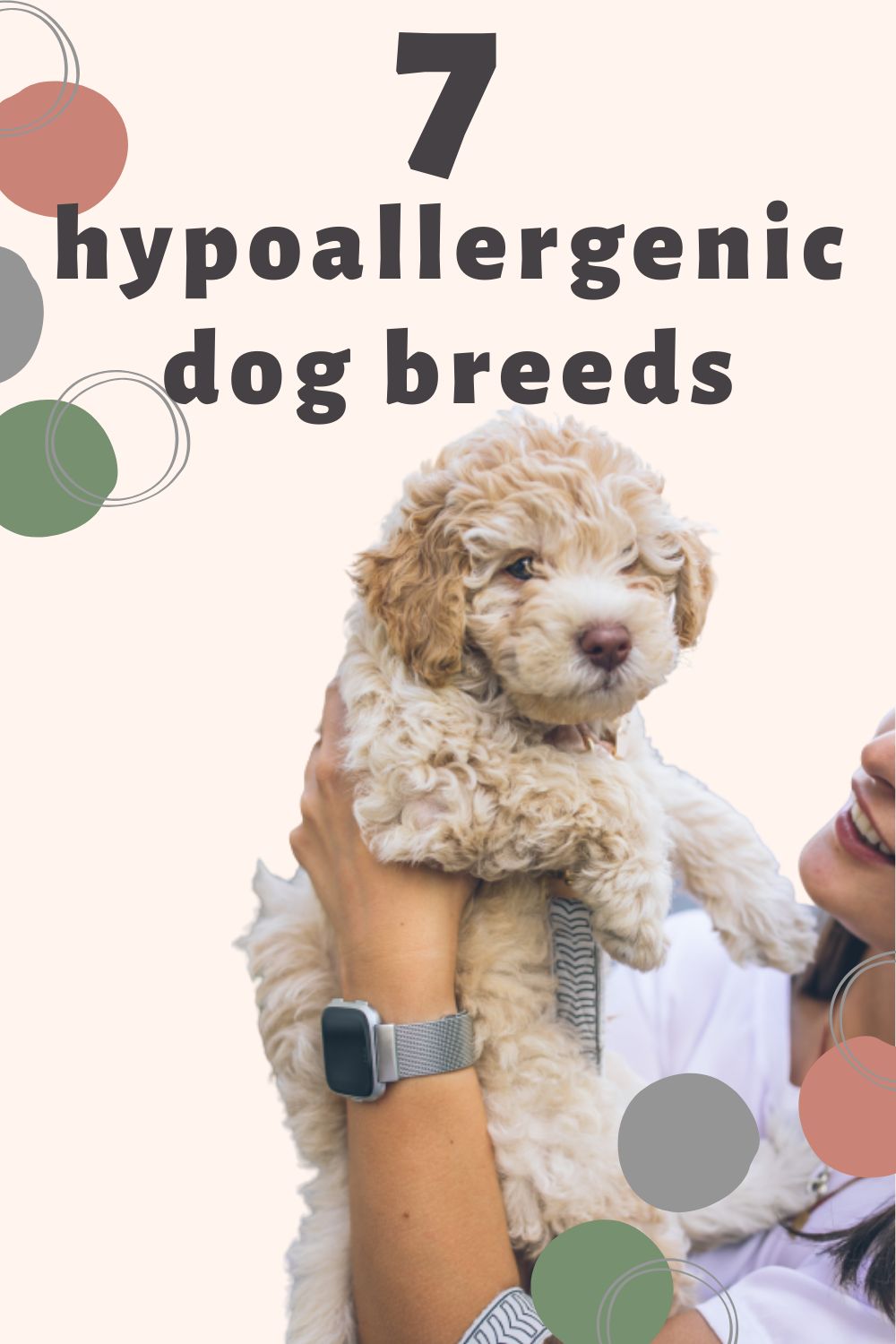
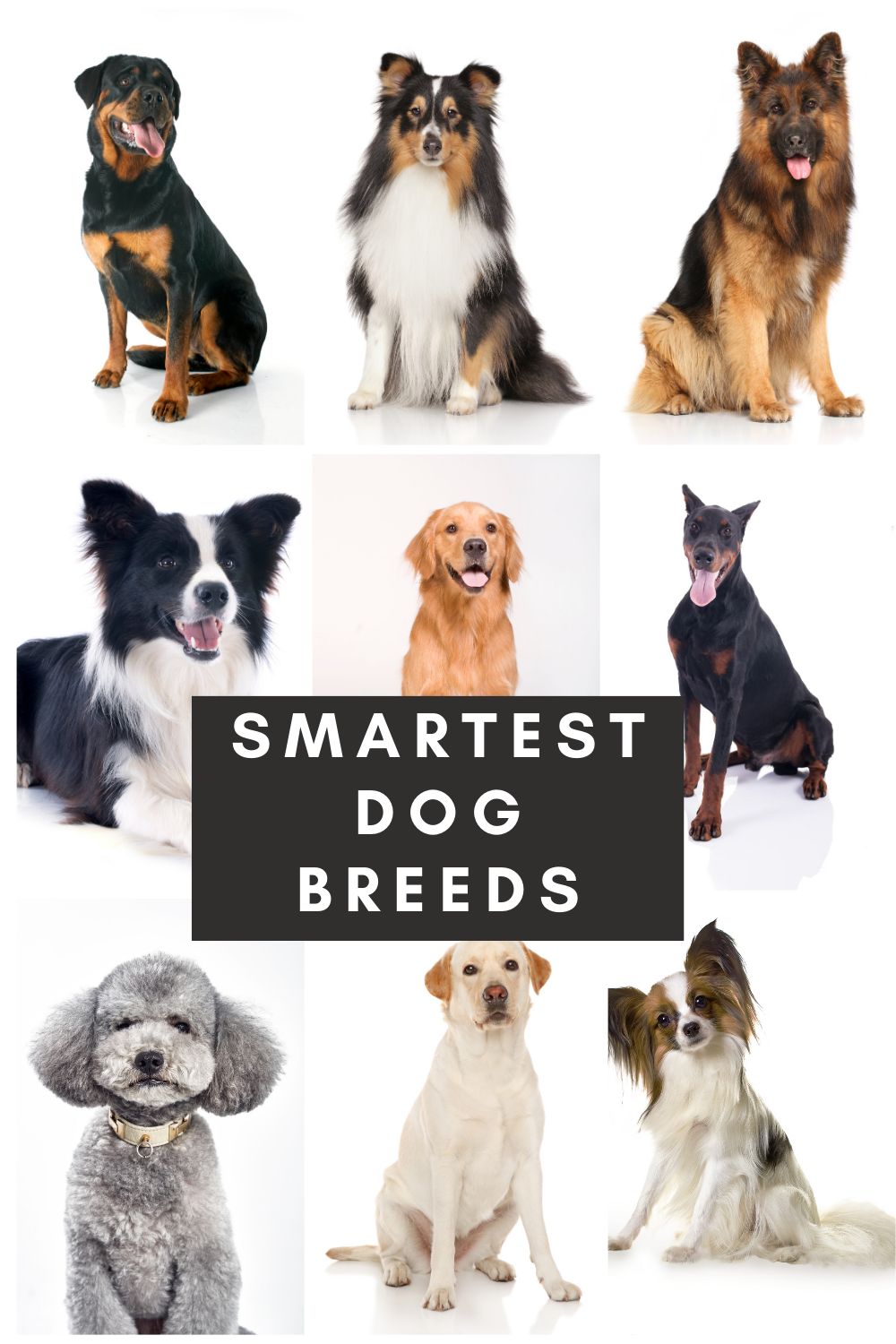
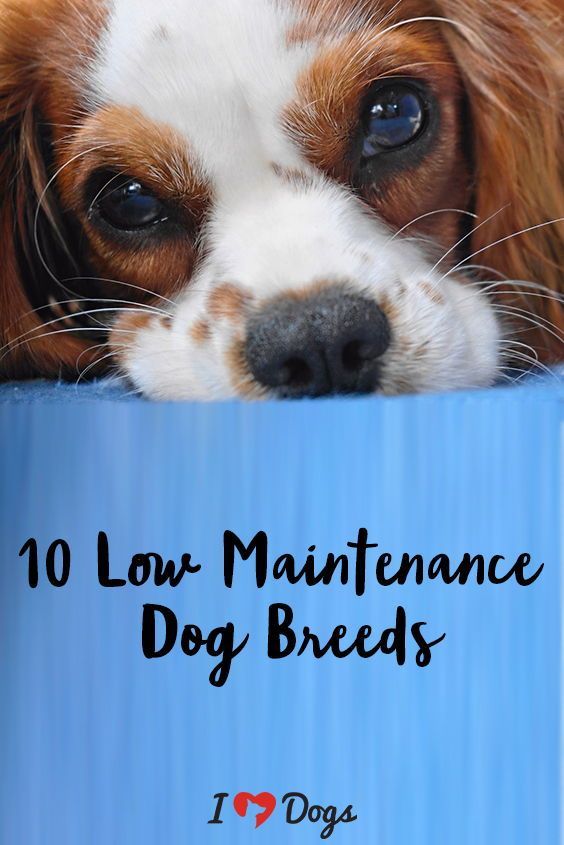
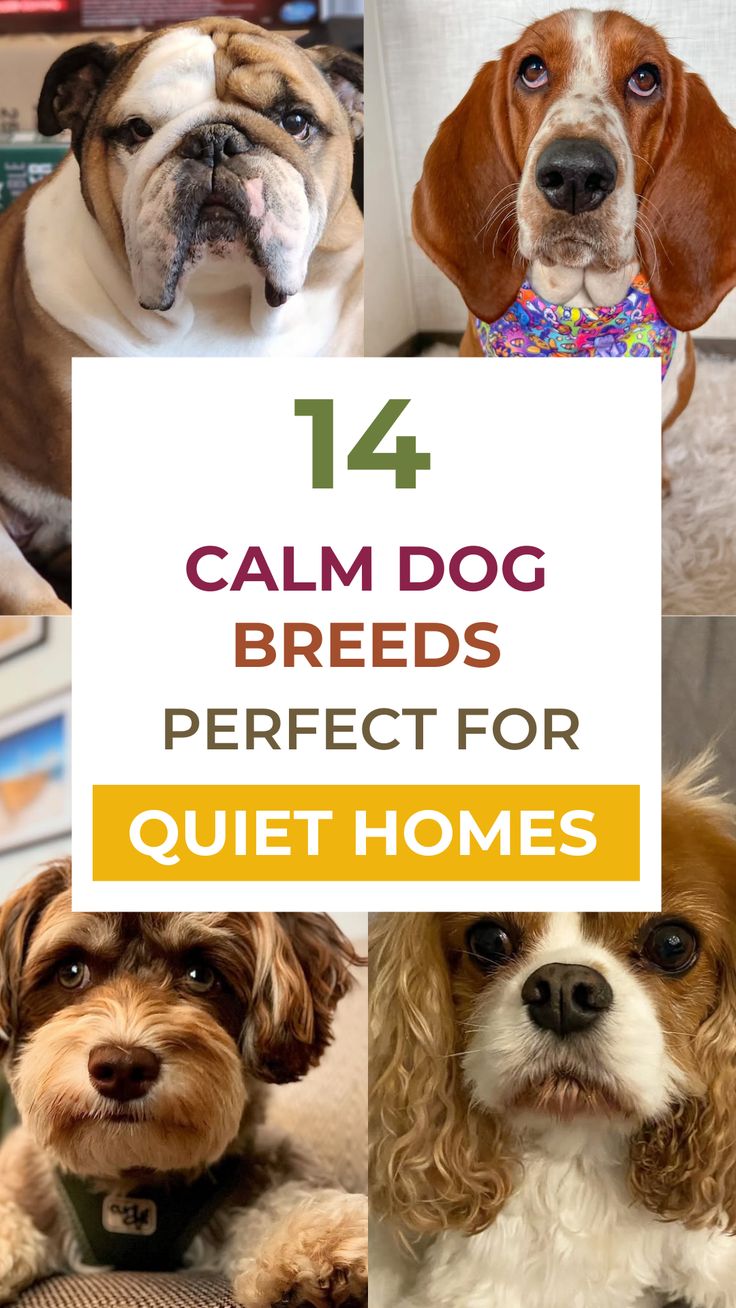

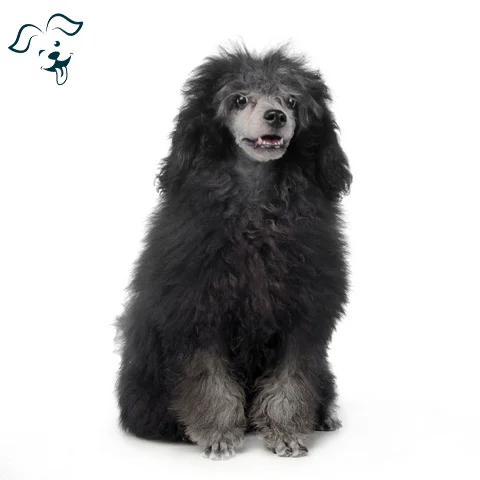
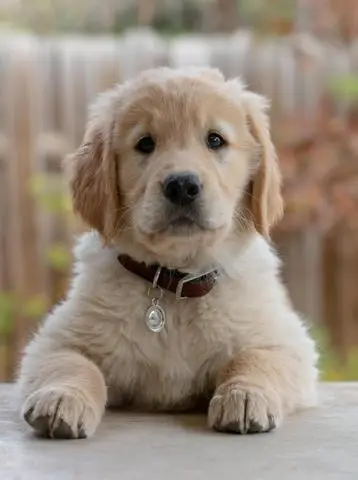
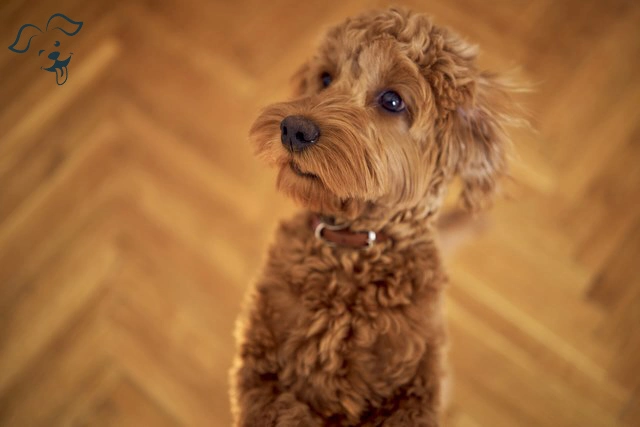
FRIENDLINESS
LIVELINESS
VIGILANCE INTENSITY
ADAPTATION CAPACITY